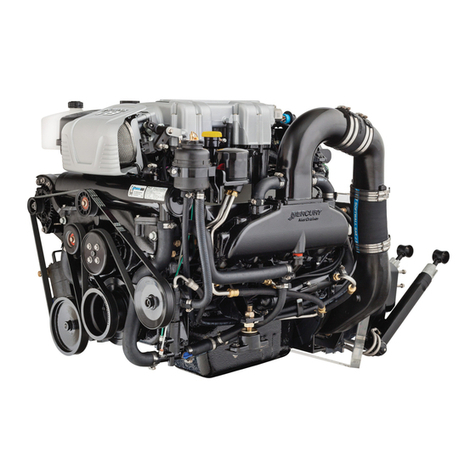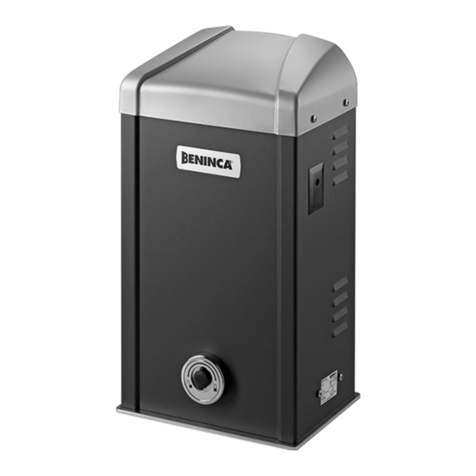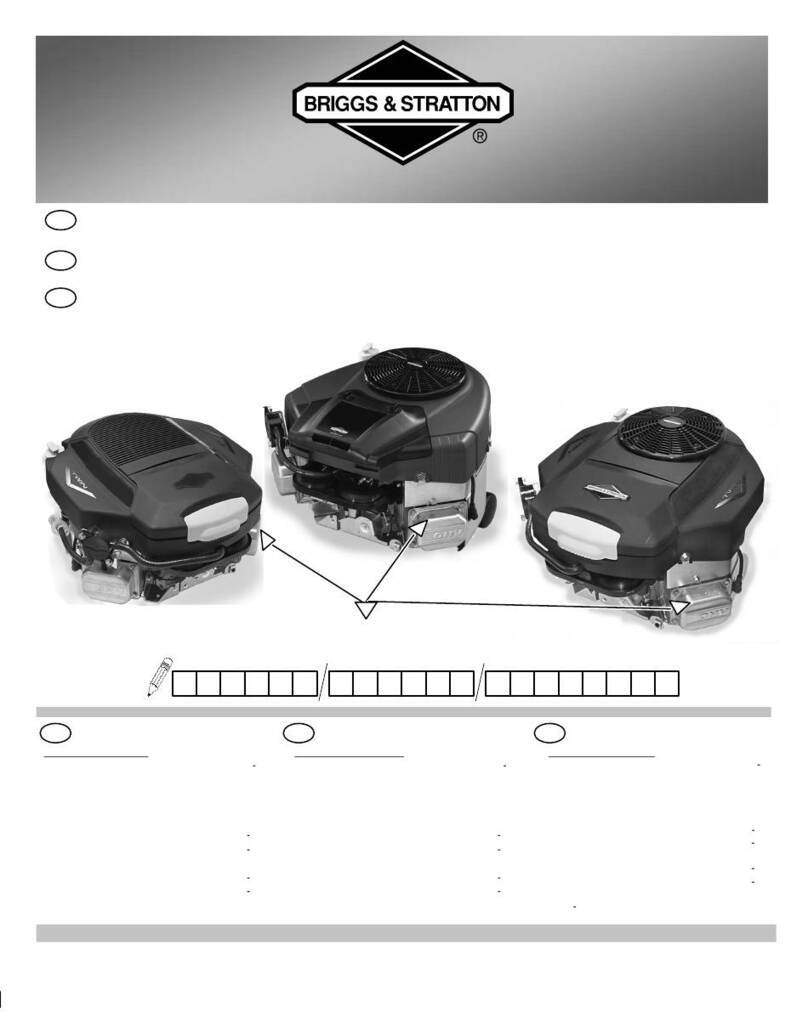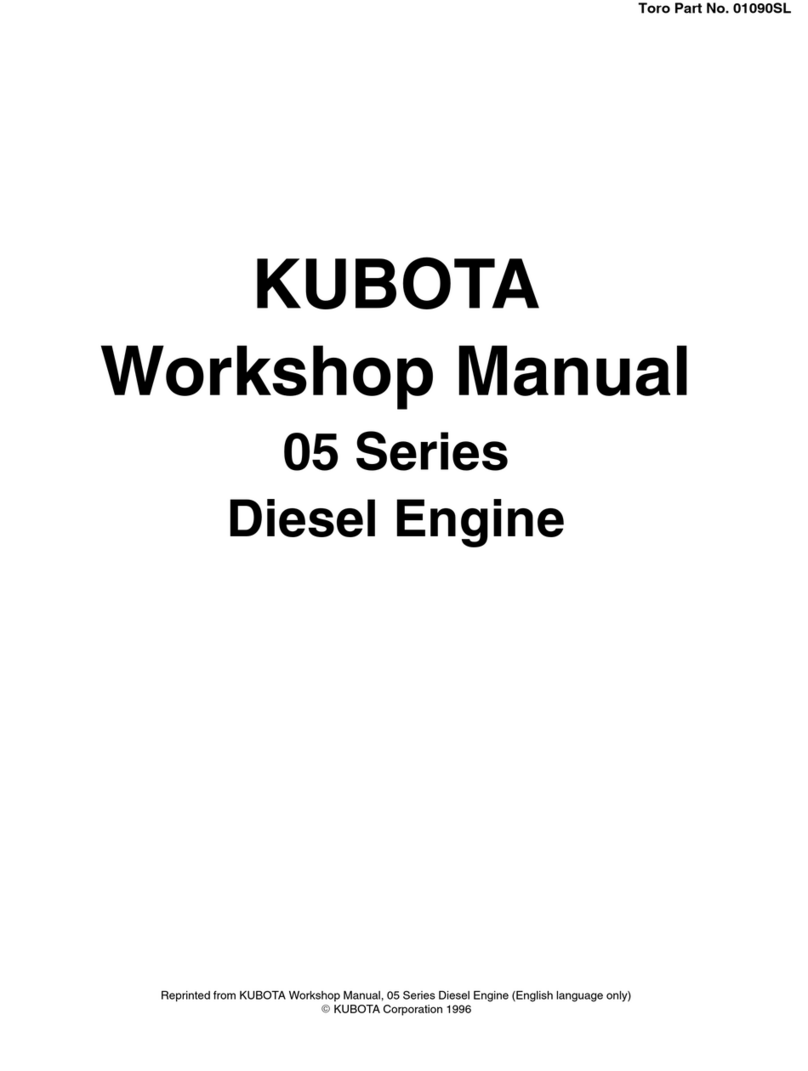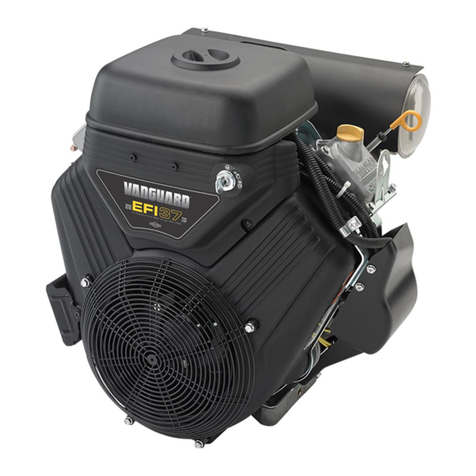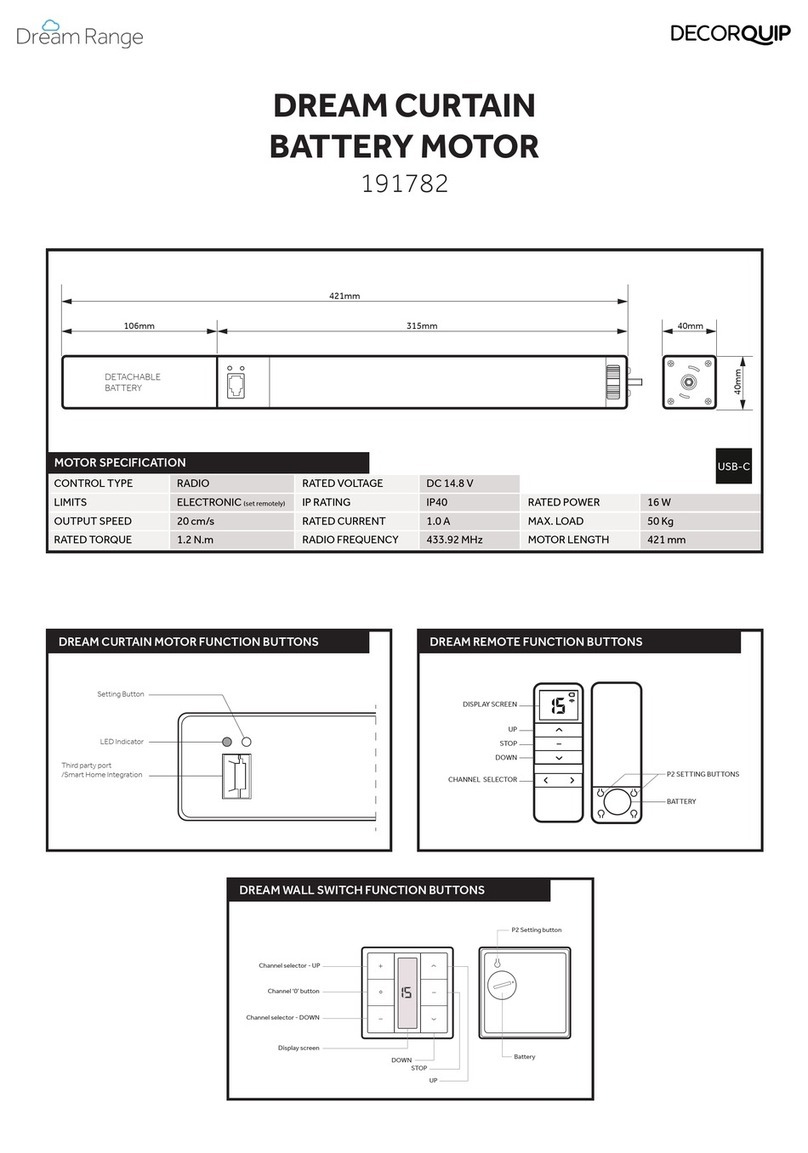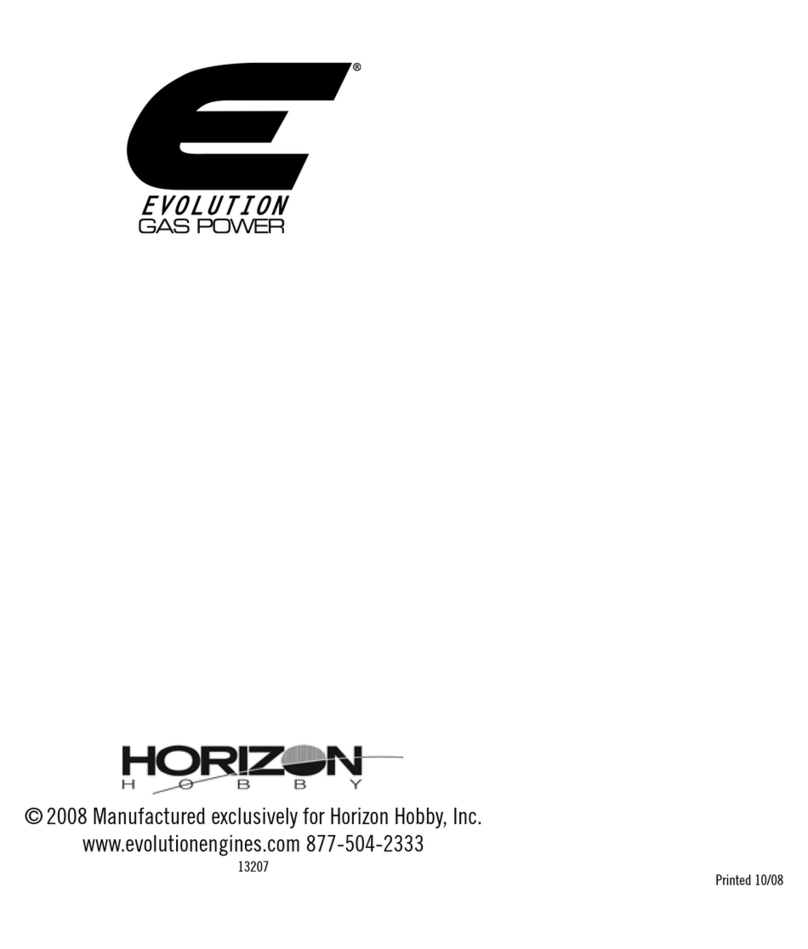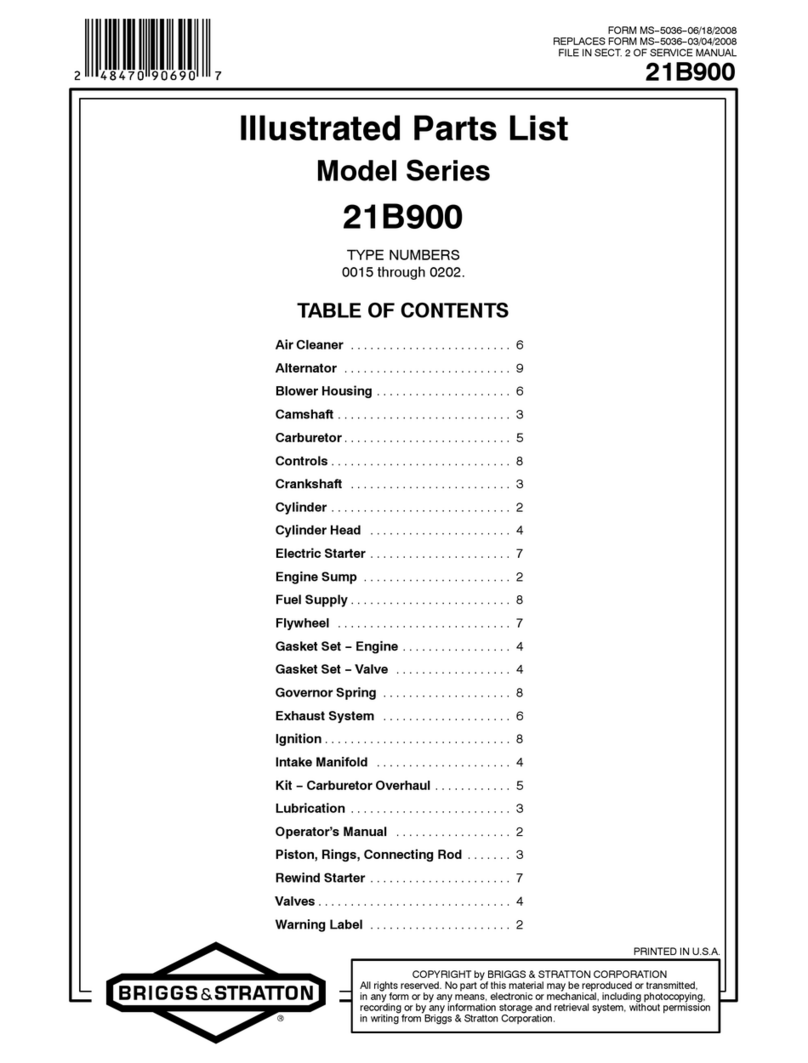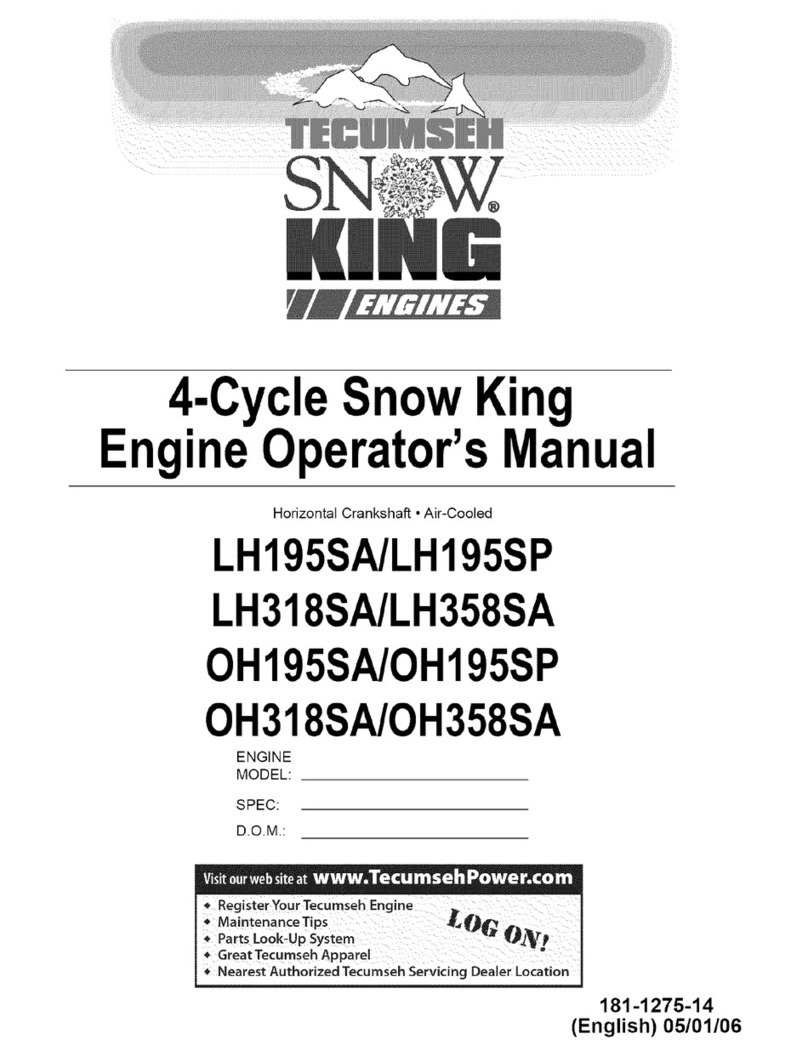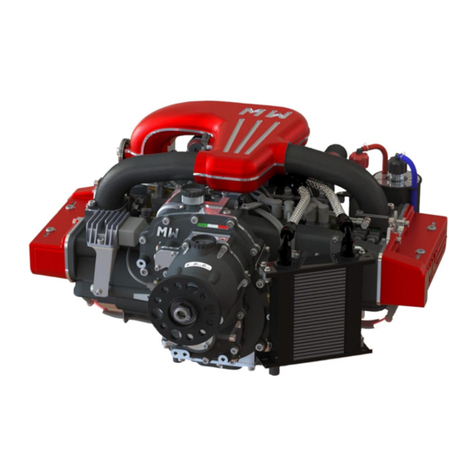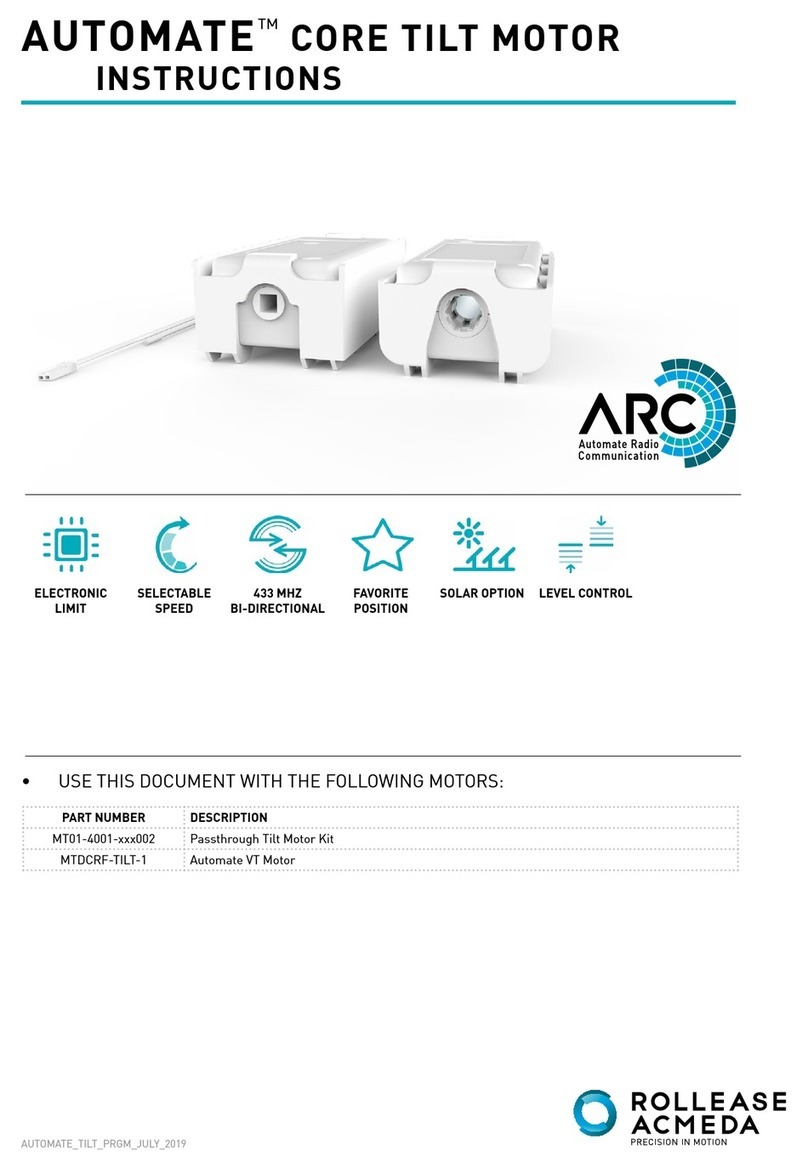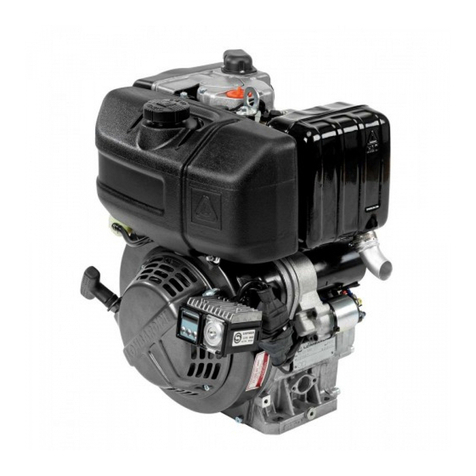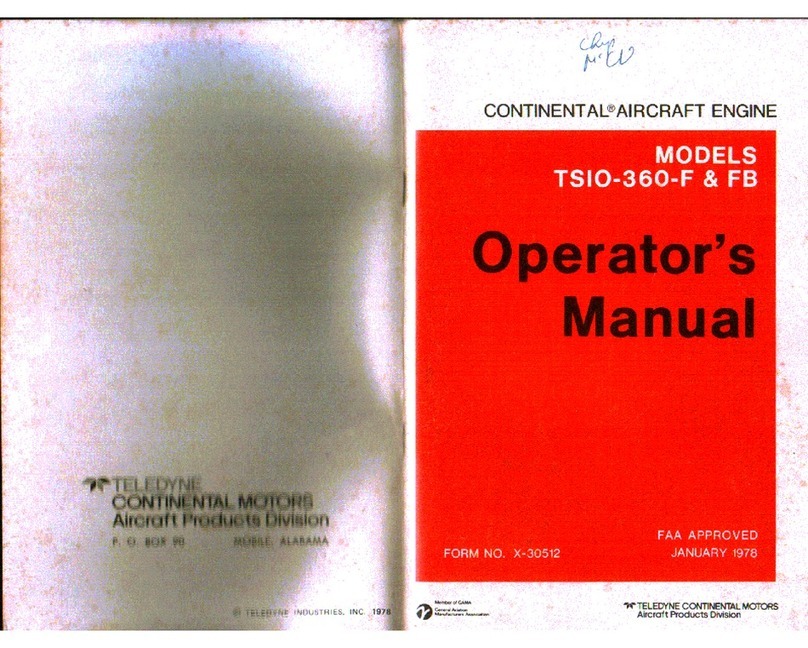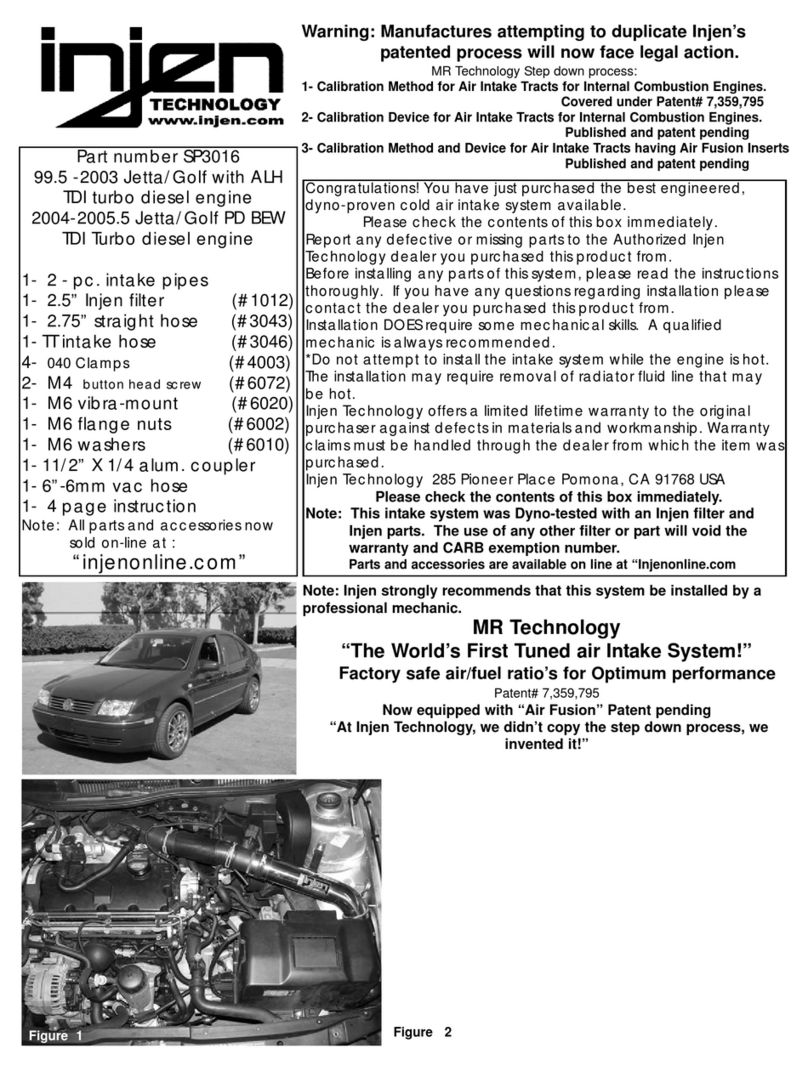
Applicable to: B22 and B25 (allversions) Revision 1.3 –02/24/2015
Manual B –Operations - 11
ELECTRO-HYDRALIC DAMPING SYSTEM (ADC): This system avoids the use of a
mechanical damping system that is a component that is subject to wear and the risk of
breakage. Moreover the ADC system does not need any maintenance or periodical
adjustment.
FUEL INJECTION AND ELECTRONIC IGNITION: This system reduces the risk of icing
in the intake manifold because it doesn’t need a venturi to work. It also eliminates the risk
connected to fuel remaining in the float chamber of the carburetor, in particular the risk of a
stoppage of the engine during takeoff due to a forgotten closed fuel valve and the risk of fire
in case of flip over.
ECUS INSTALLED ON THE ENGINE: With the ECUs installed on the engine the wiring
harness and the ECUs are subjected to the same waggle produced by the engine. This reduces
the stress on the wire terminals.
PRE-INSTALLED HIGH QUALITY ELECTRICAL HARNESS: A pre-installed electrical
harness avoids any risk of homemade and untested electrical harnesses when you consider
that the electrical harness in the most critical part ofa electronic system.
PRE-INSTALLED FUEL CIRCUIT: The pre-installed fuel circuit is made with metal pipe
with a small section which is much better than a rubber tube both in terms of mechanical and
thermal resistance.
ECU CONTROLLED FUEL PUMP: The main fuel pump is controlled by the ECUs so that
it is switched off as soon as the engine stops running. This will prevent a fuel leakage in case
of accident. Moreover the fuel pumps are “no transparent” to eliminate the possibility of fuel
leakage fromthe fuel tank when the engine is not running.
LIQUID COOL ENGINE: A liquid cool engine provides a better distribution of heat and the
engine runs at a constant temperature. This avoids the complicated setting of cooling that an
air cooled engine needs. With the liquid cool engine the real performance of the engine is
close to the theoretical performance because engine temperature does not depend at all on
external and flight conditions.
COOLING CIRCUIT IN STAINLESS STEEL: This solution has been designed to avoid any
risk of wear or loosening of the coolant circuit hoses.
PRE- INSTALLED THERMOSTAT: The thermostat protects the engine from thermal shock
and reduces warm up time.
PRE-INSTALLED EXPANSION TANK: This reduces the risk of a cooling circuit breakage.
SEMI-DRY SUMP: The advantage in terms of safety of this solution is that the oil in the
sump is guaranteed by gravitational force and a non-return valve. In a dry sump a default in
the lubricant circuit hose and pipe or gasket will cause a non return of oil in the sump.
NO OIL RADIATOR NEEDED: This avoids one of the main causes of engine stoppage that
is caused by the leakage of oil in the pipe from the engine to the oil radiator. Moreover the
absence of the oil radiator makes the installationof the engine simpler.
PRE-INSTALLED THROTTLE CABLE WITH INTEGRATED SPLITTER: Often the
installationof the throttle cable is not very well done. The installation on this engine has been
designed to eliminate all typical mistakes in the throttle command installation. Great attention
has beenpaid to the fixing point. The engine is delivered with the two synchronized throttles.
DOWNWORDS EXHAUST MANIFOLD: This has been designed to reduce the risk of burn
injuries and to avoid the overheatingof other engine components.
COMPONENTS CERTIFICATION: All engine components have a certification document
of material and thermal treatment.
COMPONENT TESTING AND TRACEABILITY: All engine components fundamental for
engine life are tested and enumerated to ensure the traceability of the components.
GA STANDARD FOR ASSEMBLY: The assembly of the engine is executed following the
GA standards. All engines are tested at the end of the assembly line.




















